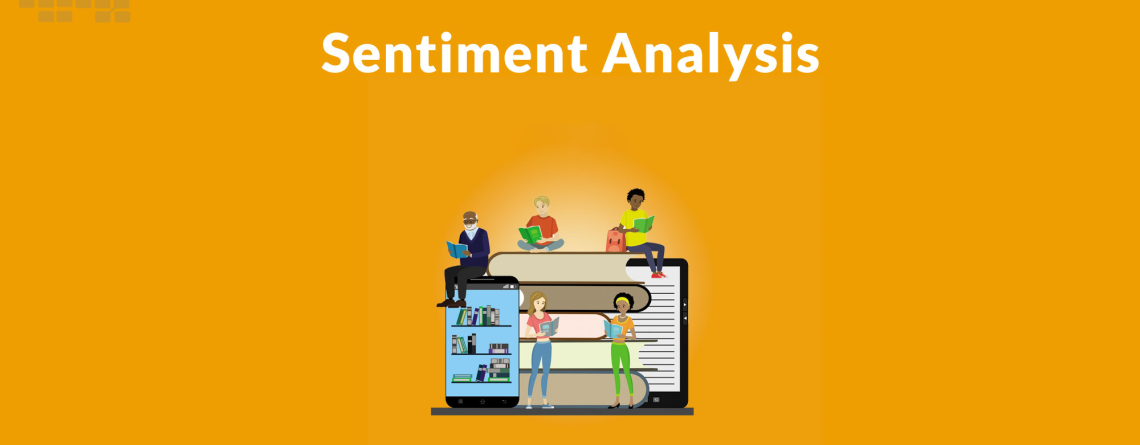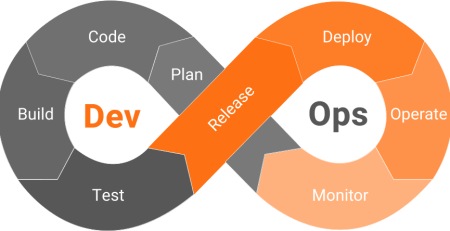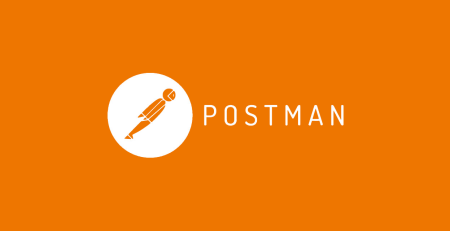Best Python Sentiment Analysis Libraries: Unleashing the Power of Text Analysis
In today’s data-driven world, understanding the sentiments behind human text has become a critical aspect of various applications. Whether it’s monitoring brand reputation, analyzing customer feedback, or gauging public opinion on social media, sentiment analysis plays a pivotal role in extracting meaningful insights from textual data. Python, being a versatile and powerful programming language, offers a plethora of libraries and tools to perform sentiment analysis effectively. In this blog post, we will explore the best Python sentiment analysis libraries that can empower you to unlock the sentiments hidden within text.
- Natural Language Toolkit (NLTK):
When it comes to natural language processing (NLP) tasks, NLTK is often the go-to library for many Python developers. It provides a wide range of functionalities, including sentiment analysis. NLTK offers pre-trained sentiment analysis models, such as the Vader Sentiment Analyzer, which is specifically designed to handle social media texts. The Vader Sentiment Analyzer is widely used due to its ease of use and decent accuracy.
- TextBlob:
TextBlob is another popular Python library that simplifies the process of sentiment analysis. Built on top of NLTK, it offers an intuitive API and a host of NLP capabilities. TextBlob provides a pre-trained sentiment analyzer, which allows users to perform sentiment analysis on text effortlessly. Moreover, it also offers fine-grained polarity scores, subjectivity analysis, and a wide range of language support.
- spaCy:
spaCy is a robust and efficient library for NLP tasks that has gained significant traction in the Python community. While it primarily focuses on advanced NLP tasks like named entity recognition and dependency parsing, it also includes support for sentiment analysis. The library’s easy-to-use API and high-performance capabilities make it an excellent choice for sentiment analysis projects that require both speed and accuracy.
- Transformers:
Transformers, developed by Hugging Face, is a state-of-the-art library for various NLP tasks, including sentiment analysis. It offers a wide range of pre-trained models, such as BERT, GPT-2, and RoBERTa, which have achieved remarkable performance on sentiment analysis benchmarks. Transformers provides a user-friendly API that allows developers to leverage these powerful models for their sentiment analysis projects.
- VADER Sentiment Analysis:
VADER (Valence Aware Dictionary and sEntiment Reasoner) is a lexicon and rule-based sentiment analysis tool specifically designed for social media texts. While it is already included in NLTK, it’s worth mentioning as a standalone library due to its popularity and unique approach. VADER utilizes a combination of linguistic rules and sentiment lexicons to estimate the sentiment polarity of a given text. It is particularly useful for analyzing short and informal texts, making it an excellent choice for social media sentiment analysis tasks.
Conclusion
Sentiment analysis is a valuable technique that allows us to understand the emotions, opinions, and attitudes hidden within text data. Python offers an array of powerful sentiment analysis libraries that empower developers and data scientists to harness the power of NLP for extracting valuable insights from textual information. Whether you prefer the simplicity of TextBlob, the performance of spaCy, the sophistication of Transformers, or the specialized focus of VADER, there is a Python library to suit your specific needs.
By incorporating sentiment analysis into your projects, you can unlock a wealth of opportunities, such as enhancing customer experience, monitoring brand perception, and making data-driven decisions. The libraries mentioned in this blog post serve as a starting point for your journey into sentiment analysis, and with further exploration, you can delve deeper into the world of NLP and unlock even more powerful insights from text data.











Leave a Reply